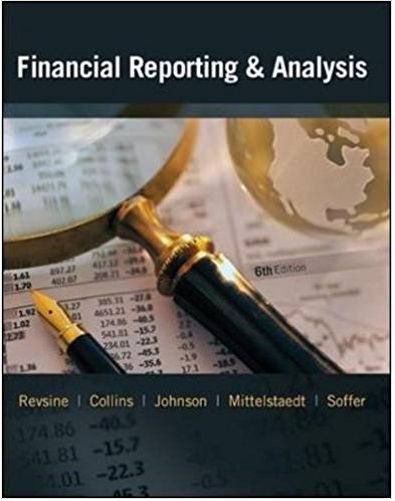Trask Corporation, a public company whose shares are traded in the over-the-counter market, had the following shareholders
Question:
Common stock ........ $ 7,875,000
Additional paid-in capital ... 15,750,000
Retained earnings ...... 16,445,000
Treasury common stock .... 750,000
Transactions during 2014 and other information relating to the shareholders’ equity accounts follow:
• As of January 1, 2014, Trask had 4,000,000 authorized shares of $5 par-value common stock; it had issued 1,575,000 shares of which 75,000 were held in treasury.
• On January 21, 2014, Trask issued 50,000 shares of $100 par value, 6% cumulative preferred stock at par in exchange for all of Rover Company’s assets and liabilities. On that date, the net carrying amount of Rover’s assets and liabilities equaled their fair values.
• On January 22, 2014, Rover distributed the Trask shares to its stockholders in a complete liquidation and dissolution of Rover. Trask had 150,000 authorized shares of preferred stock.
• On February 17, 2014, Trask formally retired 25,000 of 75,000 treasury common stock shares. The shares were originally issued at $15 per share and had been acquired on September 25, 2013, for $10 per share.
• Trask owned 15,000 shares of Harbor Inc. common stock purchased in 2013 for $600,000. The Harbor stock shares were trading securities. On March 5, 2014, Trask declared a property dividend of one share of Harbor common stock for every 100 shares of Trask common stock held by a shareholder of record on April 16, 2014. Harbor stock’s market price on March 5, 2014, was $60 per share. The property dividend was distributed on April 29, 2014.
• On January 2, 2012, Trask granted stock options to employees to purchase 200,000 shares of the company’s common stock at $12 per share, which was also the market price on that date. The options had a grant date fair value of $1.50 per share and are exercisable within a three-year period, beginning January 2, 2014. On June 1, 2014, employees exercised 150,000 options when the stock’s market value was $25 per share. Trask issued new shares to settle the transaction.
• On October 27, 2014, Trask declared a two-for-one stock split on its common stock and reduced the per share par value accordingly. Trask shareholders of record on August 2, 2014, received one additional share of Trask common stock for each share of Trask common stock held. The laws of Trask’s state of incorporation protect treasury stock from dilution.
• On December 12, 2014, Trask declared the yearly cash dividend on preferred stock, payable on January 11, 2015, to shareholders of record on December 31, 2014.
• On January 16, 2015, before the accounting records were closed for 2014, Trask learned that depreciation expense had been understated by $350,000 for the year ended December 31, 2013. The after-tax effect on 2013 net income was $245,000. The appropriate correcting entry was recorded on the same day.
Net income for 2014 was $2,400,000.
Required:
1. Prepare Trask’s statement of retained earnings for the year ended December 31, 2014.
2. Prepare the shareholders’ equity section of Trask’s balance sheet at December 31, 2014.
3. Compute the book value per share of common stock at December 31, 2014.
Common Stock
Common stock is an equity component that represents the worth of stock owned by the shareholders of the company. The common stock represents the par value of the shares outstanding at a balance sheet date. Public companies can trade their stocks on... Balance Sheet
Balance sheet is a statement of the financial position of a business that list all the assets, liabilities, and owner’s equity and shareholder’s equity at a particular point of time. A balance sheet is also called as a “statement of financial... Dividend
A dividend is a distribution of a portion of company’s earnings, decided and managed by the company’s board of directors, and paid to the shareholders. Dividends are given on the shares. It is a token reward paid to the shareholders for their... Liquidation
Liquidation in finance and economics is the process of bringing a business to an end and distributing its assets to claimants. It is an event that usually occurs when a company is insolvent, meaning it cannot pay its obligations when they are due.... Par Value
Par value is the face value of a bond. Par value is important for a bond or fixed-income instrument because it determines its maturity value as well as the dollar value of coupon payments. The market price of a bond may be above or below par,...
Fantastic news! We've Found the answer you've been seeking!
Step by Step Answer:
Related Book For 

Financial Reporting and Analysis
ISBN: 978-0078025679
6th edition
Authors: Flawrence Revsine, Daniel Collins, Bruce, Mittelstaedt, Leon
Question Posted:





